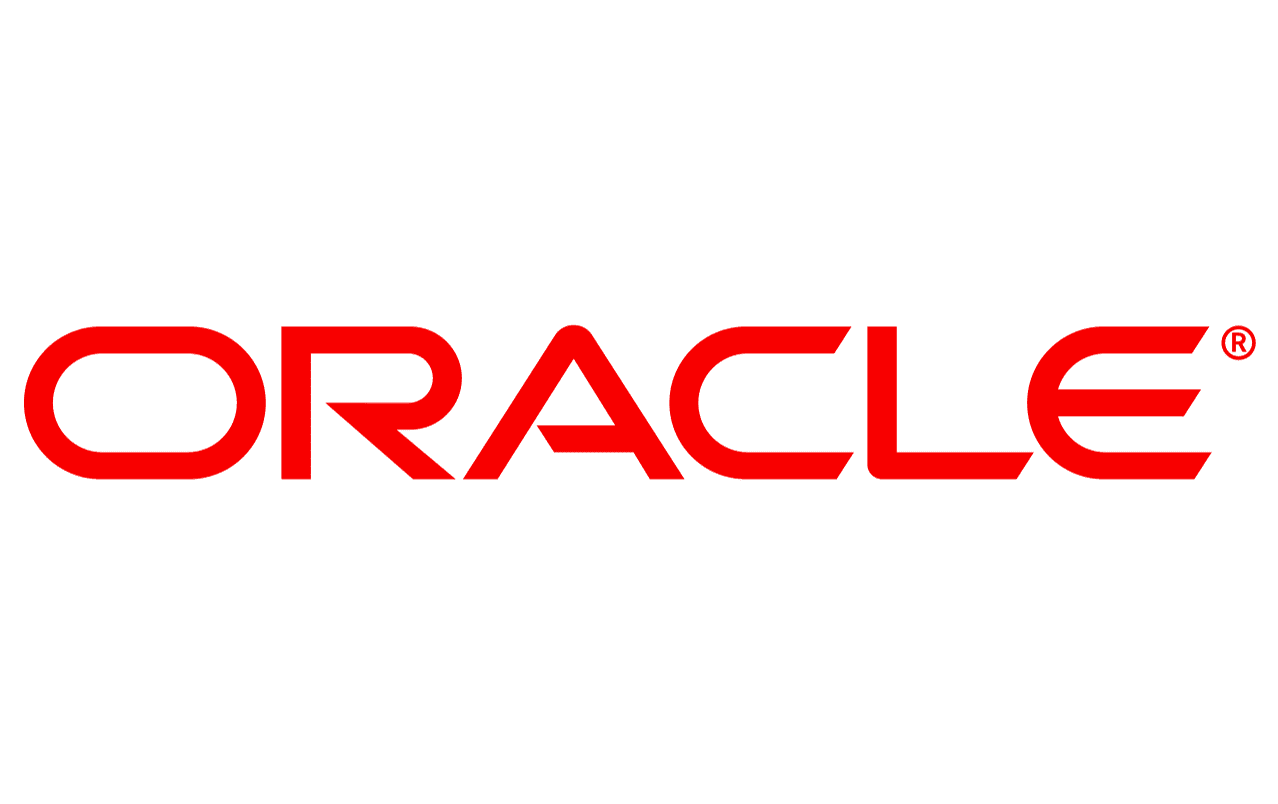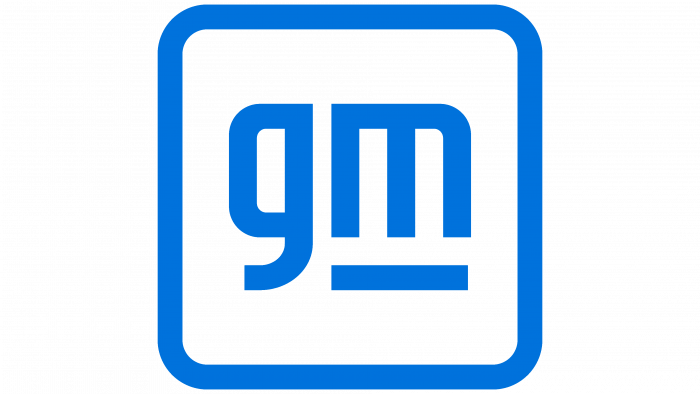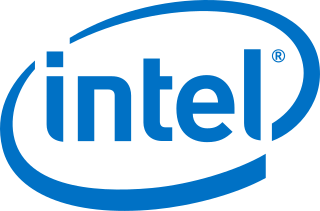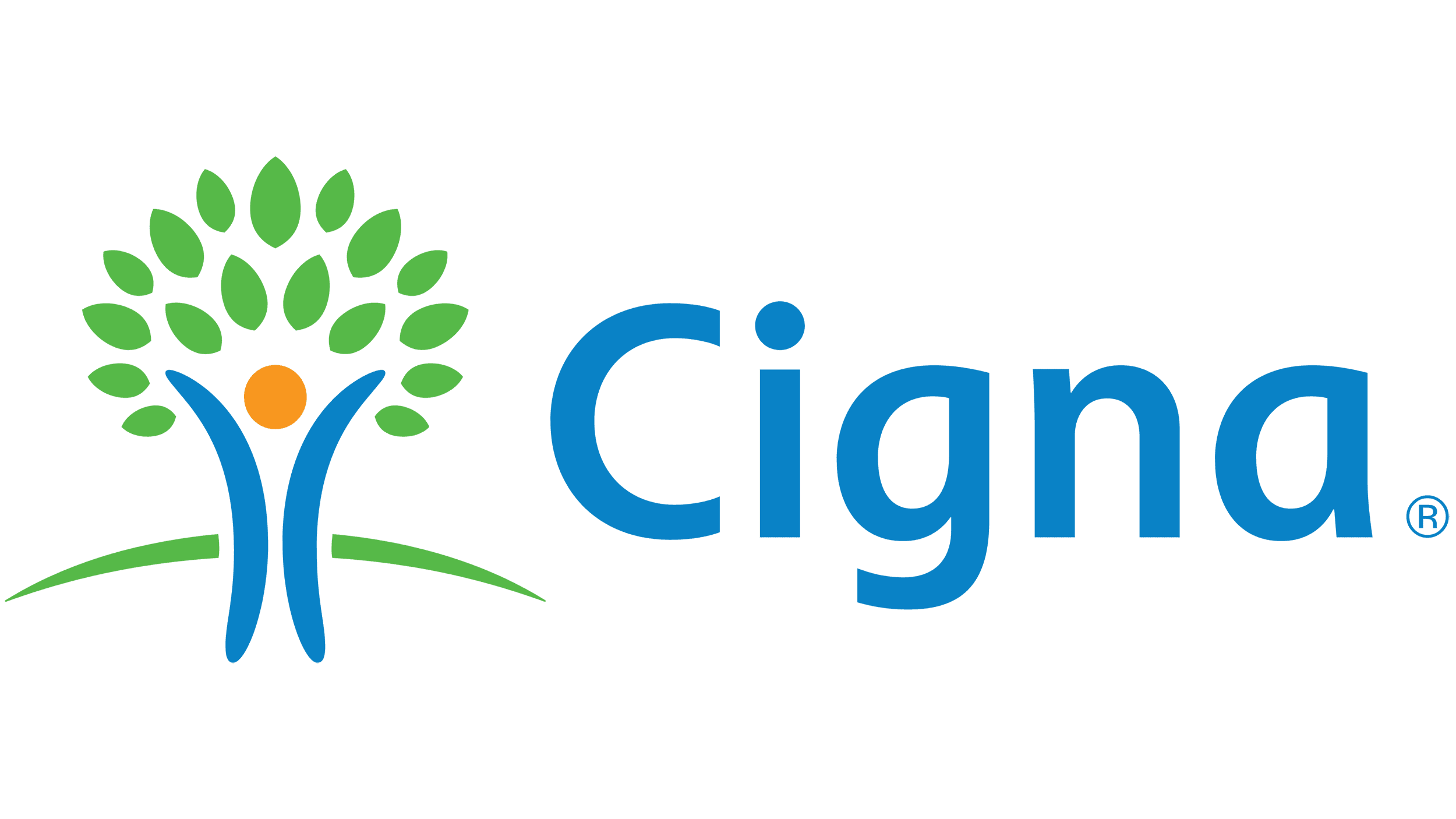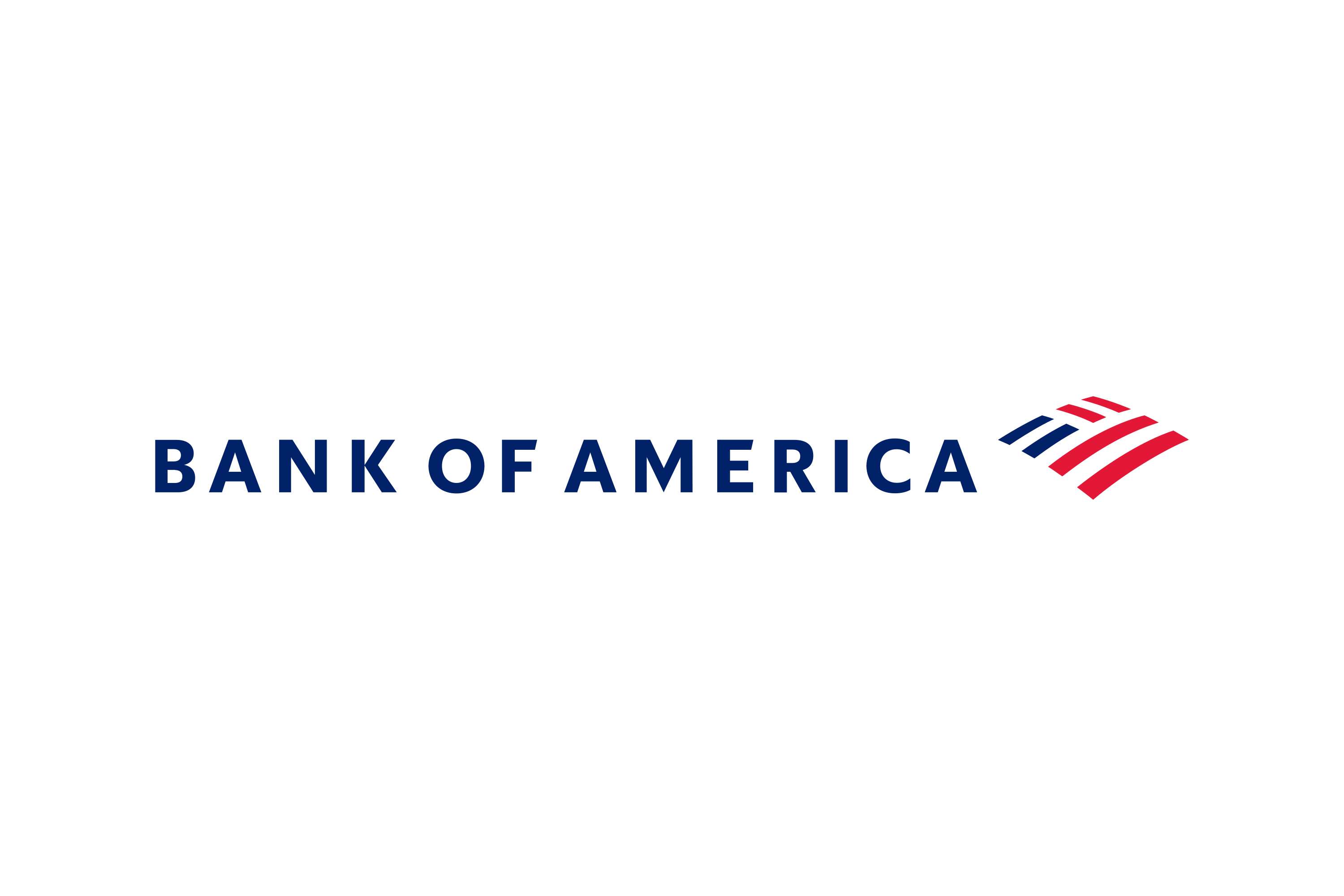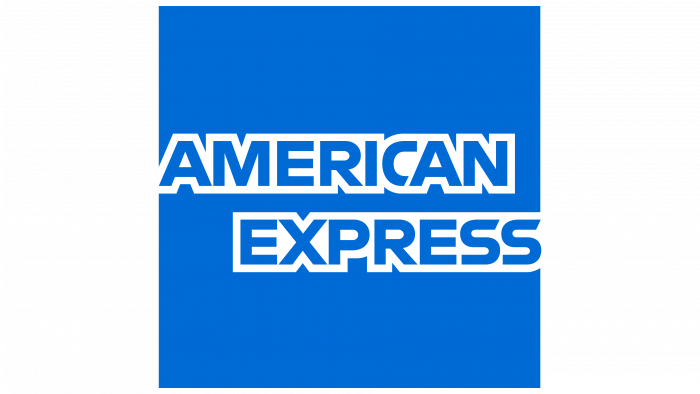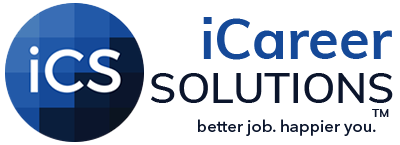Resolutions to Recruitments: How Companies Plan for the New Year
As the new year rolls in, every company has a big job on their hands: making their recruitment resolutions. It’s a time to look back at what’s been done and plan how to do better. The world of finding and hiring people is always on the move, with new trends, tech, and what workers want from their jobs always changing.
Want to save time?
Let us help you land your next executive position by crafting the best resume/LinkedIn profile or by managing your entire job search. Here’s more information about our Executive Resume Writing Services and Reverse Recruitment Service. Book a call today to speak directly with our CEO and Founder, Arno Markus!
Industry Stats: According to the U.S. Bureau of Labor Statistics (BLS), the employment of top executives is projected to grow 6% from 2021 to 2031, which is about as fast as the average for all occupations.
Assessing the Past Year’s Recruitment Efforts
When companies gear up for the new year, a critical resolution is to assess and learn from the past year’s recruitment efforts. This reflection is a cornerstone in shaping more effective and efficient recruitment strategies for the upcoming year.
- Analyzing Recruitment Metrics
These metrics serve as critical indicators of the effectiveness and efficiency of your recruitment process.
- Time to Hire: This metric measures the average time taken from when a job opening is posted to when a candidate accepts the offer. It is a vital indicator of the efficiency of your recruitment process. A shorter time to hire often signifies a more efficient recruitment process, leading to reduced costs and increased productivity. On the other hand, a prolonged hiring process can indicate bottlenecks that need addressing.
- Cost per Hire: This encompasses all expenses related to the recruitment process, such as advertising costs, recruiter fees, and employee referral bonuses. It’s essential for budgeting and resource allocation. Understanding cost per hire helps in identifying the most cost-effective recruitment practices and areas where expenses can be reduced without compromising the quality of hires.
By closely examining these metrics, companies can identify areas of strength and pinpoint aspects of the recruitment process that require improvement, setting a more targeted approach for the upcoming year.
- Learning from Past Challenges
Reflecting on the challenges faced in the past year is a critical step in enhancing your recruitment strategy. Some common challenges include:
Attracting the Right Talent: Many companies struggle to find candidates who not only possess the required skill set but also fit the company culture. To address this, companies can enhance their employer branding, making themselves more attractive to potential candidates. They can also use targeted recruitment marketing, focusing on platforms where their ideal candidates are likely to be.
Maintaining Candidate Engagement: Keeping candidates interested and engaged throughout the recruitment process is a common hurdle. Companies can implement more efficient communication strategies, ensuring regular updates and feedback to candidates. Personalized communication and a transparent recruitment process can significantly improve candidate engagement.
Diversity in Hiring: Creating a diverse and inclusive workforce remains a challenge for many organizations. This can be addressed by employing unbiased recruiting practices, such as blind recruitment, and broadening sourcing channels to include diverse talent pools.
Setting Recruitment Goals for the New Year
To set the stage for successful recruitment, it’s essential to first understand and assess the company’s needs. This involves a strategic approach to workforce planning:
- Identifying Company Needs
To set the stage for successful recruitment, it’s essential to first understand and assess the company’s needs. This involves a strategic approach to workforce planning:
- Evaluate Current Workforce: Analyze the existing team composition, skills, and performance levels. Identify areas where the team excels and where there are gaps or potential for improvement.
- Forecast Future Needs: Consider the company’s short-term and long-term goals. What skills and roles will be necessary to achieve these objectives? This could involve expanding certain departments or introducing new roles to keep up with technological advancements or market changes.
- Analyze Industry Trends: Stay informed about trends in your industry. Are there emerging roles or skills that are becoming increasingly important? This will help in aligning your recruitment with industry standards and future-proofing your workforce.
- Setting Realistic and Achievable Goals
Once the company’s needs are identified, the next step is to set realistic and achievable recruitment goals. The SMART framework is particularly useful in this regard:
- Specific: Goals should be clear and specific. For example, instead of a vague goal like “hire more salespeople,” specify the number and type of sales roles needed.
- Measurable: Include quantifiable criteria to measure progress. For instance, “Hire three senior sales managers with at least five years of experience in the tech industry.”
- Achievable: Ensure the goals are attainable considering the resources and market conditions. For example, setting a goal to hire 10 new developers in a month may be unrealistic if the market for developers is highly competitive.
- Relevant: The recruitment goals should align with the overall business objectives and contribute to the company’s growth and success.
- Time-Bound: Set a clear timeline for achieving these goals, like “Increase the customer support team by four members.
Modernizing Recruitment Strategies
In the realm of recruitment, embracing digital tools is akin to a job seeker balancing their current role with the search for new opportunities.
- The Role of Digital Tools in Recruitment:
Job seekers often set aside specific times for their job searches. Similarly, recruiters can use digital tools to efficiently manage recruitment tasks, ensuring their daily operations run smoothly.
Applicant Tracking Systems (ATS): Just as job seekers might use a project management tool like Asana or Jira, recruiters can use ATS systems for organizing and tracking applications. These systems automate various aspects of the hiring process, from posting job listings to filtering applications, akin to how job seekers automate job alerts.
Pro Tips for Utilizing ATS:
- Select an ATS that aligns with your company’s size and recruitment needs, ensuring it integrates well with other HR systems.
- Utilize its keyword filtering to efficiently shortlist candidates, much like how job seekers use keywords to find relevant job openings.
- Automate communications for updates and feedback to candidates, ensuring a smooth and engaging recruitment process.
In the same way that job seekers review their performance and adjust their search strategies, recruiters can use analytics tools to gather insights on their recruitment process. Regularly analyze hiring data to identify trends, such as the most effective sourcing channels or characteristics of successful hires.
- Leveraging Social Media
Social media’s role in recruitment is comparable to networking while employed. It’s about strategically building and nurturing professional connections while also enhancing your company’s brand.
Building Employer Brand: Establish a strong employer brand on social media, crucial for attracting top talent, by regularly posting about company culture, employee stories, and career opportunities. Just like building a personal brand is crucial for job seekers, establishing a strong employer brand on social media is key for attracting top talent.
Targeted Job Advertising: Like a job seeker targeting specific companies or roles, recruiters can use social media for targeted advertising, reaching potential candidates more efficiently.
Actionable Tips:
- Utilize LinkedIn’s advanced targeting features to reach candidates with specific qualifications or interests.
- Consider running sponsored posts on platforms like Facebook or Instagram to broaden your reach to a diverse candidate pool.
Employee Advocacy: Encouraging your employees to share job openings and their positive work experiences is akin to job seekers leveraging their network during their search. Here are some tips:
- Create shareable content for employees to post on their networks.
- Encourage employees to share their experiences and use specific hashtags related to your recruitment campaigns.
Enhancing Candidate Experience
In the competitive world of talent acquisition, the candidate’s experience plays a pivotal role. It’s the lens through which potential employees view your company, much like the first impression a job seeker makes during an interview. A positive candidate experience can significantly impact a company’s ability to attract top talent, just as a well-organized job search can enhance a candidate’s prospects.
- Streamlining the Application Process
A smooth application process is the first step in a company’s recruitment resolution for the new year. It’s crucial to make this initial interaction as straightforward and user-friendly as possible to avoid losing interested candidates.
How to Optimize the Application Process:
- Reduce Steps: Limit the number of steps in the application to essentials. For example, consider requesting only a resume and cover letter initially.
- Mobile Optimization: Ensure the application is mobile-friendly, acknowledging the growing use of mobile devices in job searches.
- Clear Instructions: Provide straightforward instructions at each step, similar to the clarity a job seeker expects in application guidelines.
- Auto-Save Features: Incorporate an auto-save function in the application form, allowing candidates to save progress and return later, mirroring the convenience job seekers find in digital job search tools.
- Communication and Feedback
Effective communication is key to a successful recruitment process, mirroring the clear and consistent communication expected in a job search. Keeping candidates well-informed not only maintains their engagement but also enhances the company’s professional image.
- Regular Updates: Automate emails for application acknowledgments and updates on the recruitment process, like interview scheduling or job offer status.
- Post-Interview Feedback: Provide candidates with specific feedback after interviews to help them understand their strengths and areas for improvement.
- Candidate Surveys: Use surveys to collect feedback on the candidate experience, which can inform improvements in the recruitment process.
- Responsive Communication: Ensure the recruitment team responds promptly to candidate inquiries, reflecting professionalism and respect.
By focusing on clear and responsive communication, companies can significantly improve the candidate experience, thereby boosting their attractiveness to potential employees and fostering a positive market reputation.
Focusing on Diversity and Inclusion
As companies map out their recruitment resolutions for the new year, an essential focus should be on amplifying diversity and inclusion within their workforce. This commitment is not just a moral imperative but a strategic advantage in today’s dynamic business environment.
- Developing a Diverse Recruitment Strategy
In the spirit of new year’s resolutions, companies should vow to enhance diversity in their recruitment strategies. A diverse workforce fosters innovation and creativity, as varied perspectives lead to new ideas and solutions.
It also reflects the company’s commitment to reflecting the society in which it operates, much like how a job seeker seeks a company that values and embraces diversity.
Steps to Promote Diversity in Recruitment:
- Expand your recruitment efforts to a variety of sources, including minority-focused job fairs, diversity job boards, and partnerships with organizations that support underrepresented groups.
- Use language in job postings that is inclusive and welcoming to all candidates, avoiding gender-coded words or cultural biases.
- Implement blind recruitment methods to focus on skills and qualifications rather than demographic factors.
- Provide training for your recruitment team on unconscious bias to ensure fair and equitable candidate evaluation.
- Inclusion Initiatives
As part of their recruitment resolutions, companies should also aim to create more inclusive hiring processes and workplace environments.
Creating an Inclusive Recruitment Process:
- Structured Interview Processes: Implement standardized interview questions to ensure each candidate is evaluated fairly and consistently.
- Diverse Hiring Panels: Include diverse members in your hiring panels to bring different perspectives to the recruitment process.
- Accessibility and Accommodation: Ensure your recruitment process is accessible to candidates with disabilities, similar to how a job seeker would expect a workplace to accommodate their needs.
Training and Development of Recruitment Team
Recognizing the ever-changing landscape of talent acquisition, companies are placing a high priority on the continuous development of their recruitment teams.
Upskilling Recruitment Staff
Continuous learning and development are crucial for keeping pace with the evolving recruitment landscape. Recruitment professionals must stay abreast of new trends, tools, and methodologies, mirroring the way job seekers continually update their skills. To facilitate this:
- Encourage participation in online courses or workshops focused on modern recruitment strategies and digital tool usage.
- Promote attendance at industry conferences for insights into current trends and best practices.
- Implement in-house training sessions tailored to your team’s needs.
- Establish mentorship programs within the team to foster knowledge-sharing and professional growth.
Fostering a Team-Centric Approach
Companies are also recognizing the importance of teamwork in recruitment. As part of their New Year resolutions, they are implementing strategies to enhance collaboration within their recruitment teams. Collaboration in a recruitment team is vital for balanced and effective hiring. Strategies to promote teamwork include:
- Conducting regular team meetings to discuss strategies, challenges, and achievements, ensuring everyone is aligned and informed.
- Utilizing collaborative tools like Slack or Trello for efficient communication and task management.
- Organizing team-building activities to strengthen inter-team relationships and communication skills.
- Recognizing and celebrating collaborative achievements to motivate and reinforce a culture of teamwork.
Measuring Success and Making Adjustments
As companies embark on their new year resolutions for recruitment, a critical aspect of their strategy involves measuring success and being agile in making necessary adjustments. This approach is key to achieving the desired outcomes in their evolving recruitment plans.
- Tracking New Metrics
In addition to traditional metrics like time-to-hire and cost-per-hire, incorporating new metrics can provide a more comprehensive view of the recruitment process’s effectiveness. Such as
- Measures how effectively your job postings and recruitment marketing strategies engage potential candidates.
- Evaluates the performance and retention rate of new hires, indicating the effectiveness of the recruitment and selection process.
- Assesses candidates’ likelihood to recommend your company as a place to work, providing insights into the overall candidate experience.
Regular analysis of these metrics, using data visualization tools, will provide deeper insights into the strengths and weaknesses of current recruitment strategies. Companies are setting resolutions to regularly review and benchmark these metrics against industry standards as part of their year-long recruitment planning.
- Agile Recruitment Strategies
The recruitment landscape is dynamic, and strategies must be flexible and adaptable to respond to changing market conditions and data insights. Just as a job seeker must adapt their search strategy based on market feedback, recruitment strategies should be agile, allowing for quick pivots based on performance data and market trends.
If certain sourcing channels are not yielding the desired quality of candidates, consider exploring alternative platforms or revising your job advertisements.
Wrapping Up: Steps Towards a Successful Hiring Year
In summary, proactive recruitment planning is essential for business success. We’ve outlined critical steps like analyzing past recruitment performance, establishing clear goals, utilizing digital tools, improving candidate interactions, embracing diversity, continuously developing your team, and adapting strategies based on data.
Adopt these strategies to construct a robust, diverse team that can drive your company’s growth. Let this year be a milestone of strategic hiring, leading to innovation and progress.
About iCareerSolutions
iCareerSolutions, America’s #1 Executive and Professional Resume Writing Services, Reverse Recruitment, and LinkedIn Profile Development Company. 28X award-winning resume writers deliver professional resumes that get interviews. We have successfully landed our executive clients senior-level leadership positions at companies like Apple, Amazon, EA, Oracle, GM, Google, Facebook, DoJ, Gap, and 2U just to name a few. iCareerSolutions has 200+ 5-star reviews and offers a 60-day interview guarantee. Every resume template created is Applicant Tracking Systems (ATS) compatible and highly customized to meet your unique needs.
Active Members of The National Resume Writers’ Association (NRWA) │ The Professional Association of Resume Writers & Career Coaches (PARW&CC) │ Career Directors International (CDI) │ Career Professionals (CPC) │ Forbes Coaches Council
One of the Top Multi-Award-Winning Resume Writing Services in the country.
Book a complimentary consultation for your Professionally Managed Job Search now!
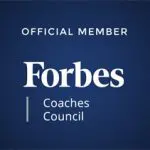

Employers who have Onboarded Our Clients













